Heritage Timeline
1955
LOCATION
Isle of Wight and Farnborough
ORGANISATION
Saunders Roe; Royal Aircraft Establishment; the Rocket Propulsion Department (RPD) at Westcott, Buckinghamshire
BACKGROUND
In 1955 the UK was about to embark on an extremely expensive and ambitious project in the form of the large ballistic missile, Blue Streak, without any previous significant British background experience in rocketry other than the launch of three V2s in Operation Backfire immediately after the war. Black Knight would give experience in a host of fields: guidance, instrumentation, steering by the use of gimballed engines, and general hands-on experience. Between 1958 and 1965, a total of 22 Black Knight rockets were launched, with all flights deemed successful. The Black Knight programme, while ultimately discontinued (the Treasury ceased funding in the 60s).demonstrated the technical capabilities of British aerospace engineering and laid the groundwork for future space endeavors. The Isle of Wight and Hampshire's contributions were crucial to this early chapter in British space history.
RELATED PROJECTS
Black Arrow
Saunders Roe, an Isle of Wight aerospace and marine engineering company, is awarded the contract to develop Black Knight - the UK's first substantial liquid-fuelled ballistic rocket - by the UK government.
The company's facilities in East Cowes became important sites for the development and ground testing of the Black Knight, with more than 20 iterations built on the Isle of Wight.
LOCATION
Portsmouth
ORGANISATION
GEC (General Electric Company)
BACKGROUND
The last official flight from Portsmouth Airfield was in December 1973, after which, the airport closed. Marconis links to the Space South Central region go back as far as the 1890s, when Guglielmo Marconi conducted wireless experiments on the Isle of Wight. He set up equipment at the Royal Needles Hotel in Alum Bay and successfully communicated with ferry boats and the mainland. These early experiments were crucial in demonstrating the potential of wireless communication. In 1968, GEC acquired English Electric, which included Marconi as a subsidiary, and started using the Marconi brand for its defence business. In 1987, Marconi was renamed GEC Marconi.
GEC establishes an electronics factory at Broadoak, joining other aviation businesses surrounding Portsmouth Airfield. The site was later home to Marconi Space and Defence Systems, and now BAE Systems and Airbus Defence & Space.
1957
LOCATION
Isle of Wight
ORGANISATION
Saunders Roe; Royal Aircraft Establishment; the Rocket Propulsion Department (RPD) at Westcott, Buckinghamshire
BACKGROUND
Closed in the 70s, the High Down site is now owned by the National Trust.
RELATED PROJECTS
Black Arrow
The first test run of Black Knight was performed at the new High Down Test Site on the Isle of Wight. High Down, near The Needles, was built and operated in secret.
1958
LOCATION
Woomera, Australia
ORGANISATION
Saunders Roe; Royal Aircraft Establishment; the Rocket Propulsion Department (RPD) at Westcott, Buckinghamshire
BACKGROUND
The technology and knowledge acquired from the Black Knight programme played a significant role in the development of the Black Arrow programme.
RELATED PROJECTS
Black Arrow
Black Knight rocket successfully launched in Woomera, South Australia: a first of its kind for Britain and the first step towards British satellite launch capacity.

1962
LOCATION
Dorking, Surrey
ORGANISATION
NASA; British National Committee for Space Research; UCL (among other British universities)
BACKGROUND
The leading figure behind the UCL experiments was Professor Harrie Massey. Professor Massey joined UCL in 1938 and was made head of the UCL Physics department in 1950. He remained its head after the department was merged with Astronomy in 1973 and retired in 1975.
Ariel 1 - the first British-American satellite - launched, making the United Kingdom the third country to operate a satellite, after the USA and the Soviet Union.
The satellite carried six scientific experiments designed and built by British space scientists. Four of these six experiments were designed and built by Space South Central university partner UCL.
1966
LOCATION
Dorking, Surrey
ORGANISATION
UCL / MSSL / Mullard Ltd
BACKGROUND
The 'official' opening ceremony was in 1967. MSSL is a world-leading space science laboratory. Based in the Surrey Hills near Dorking, MSSL has been developing cutting-edge space research and space technology for over 50 years. Its research covers all aspects of space, from understanding the Sun and its interaction with the planets, to understanding galaxies and the matter that makes up the universe. At MSSL, cutting edge space hardware is built and operated for multinational space missions. It also offers state-of-the-art test facilities for ground and space-based technology. MSSL is UCL's Department of Space and Climate Physics. The laboratory is located in a Victorian mansion, previously used as a school, set in 30 acres of land in the Surrey Hills, 35 miles from London, with spectacular views across the Surrey and Sussex countryside. MSSL offers the unique capability of designing, building and testing instruments and other spacecraft systems on site. Seven research groups supported by specialist engineers conduct its scientific research. Staff also teach space-related courses at UCL.
RELATED PROJECTS
Skylark; OSO 4;





